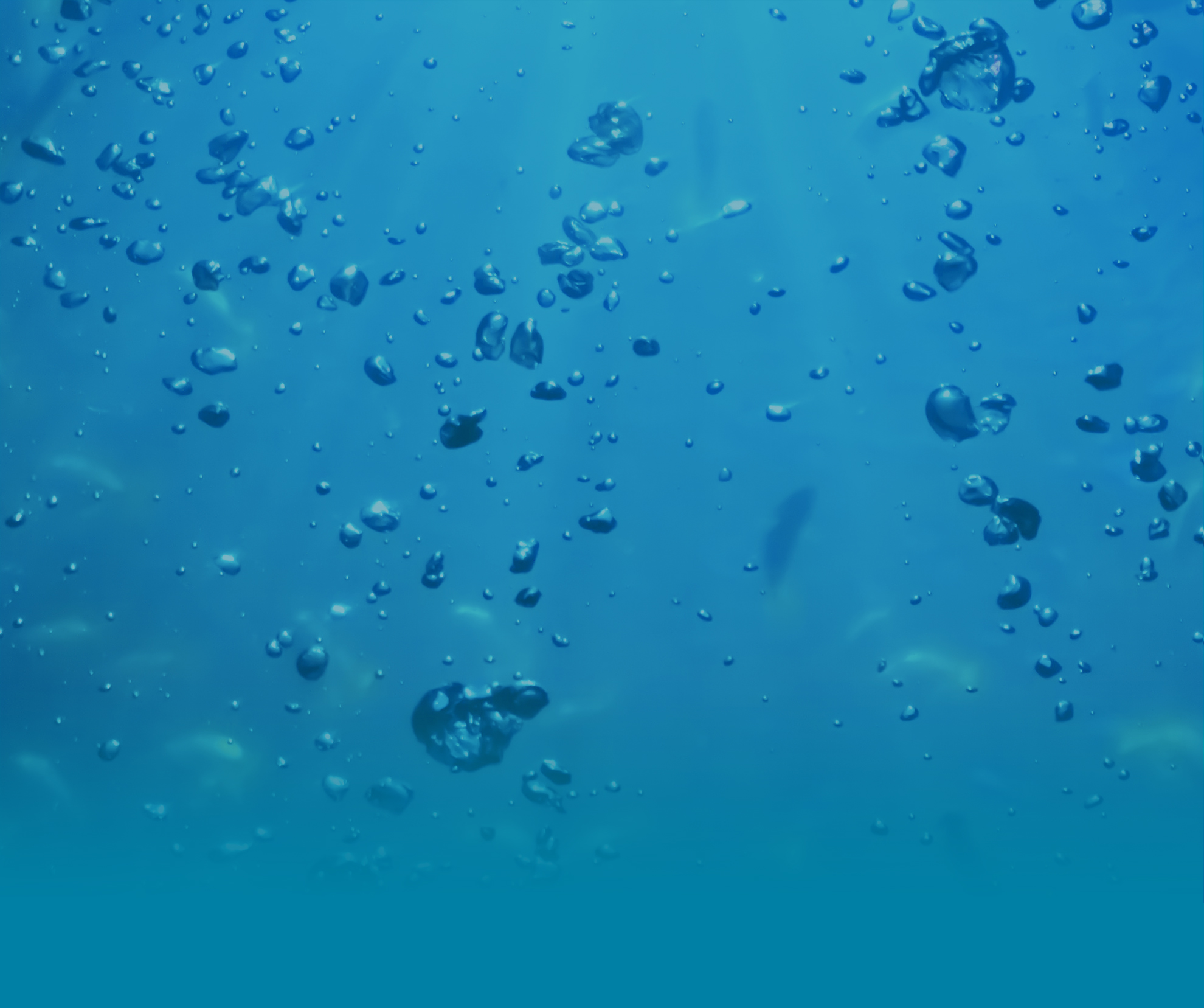Der Standort Kuhlemühle ist ein Laufwasserkraftwerk in der Diemel ca. 4 km unterhalb der Stadt Warburg gelegen. Installiert sind
a) eine Wasserkraftschnecke (4 Schrauben, Durchmesser 3,4 m, Länge 7 m) ohne Fischschutzrechen. Die Umlaufgeschwindigkeit beträgt 12 U/min bei 3 m³/s oder 24 U/min bei 5 m³/s.
b) 2 Francisturbinen (4,5 m³/s und 2,0 m³/s) bei einer Fallhöhe von 2,6 m. Der Turbineneinlauf ist durch einen 20 mm Horizontalrechen geschützt.
Flussabwärts wandernde Fische können 6 verschiedene Abstiegskorridore wählen. Der Rückstau reicht etwas 1,3 km stromaufwärts. Weitere Informationen u.a. unter: 2012: Bauprojekt Wasserkraft "Erweiterung und Effizienzsteigerung des Wasserkraftwerkes in der Kuhlemühle"
The turbine intake is covered by a horizontal rack with 20 mm bar spacing.
The different routes downstream migrating fish can use to pass: 1) over the dam and outside the area with hydropower installations, but only when the water discharge is large enough for excess water to flow over the dam crest (> 12 m3s-1), or when a gate is opened to get debris past (which occurred 7 times during the study), 2) through the weir fishway constructed for upstream migrants at the Archimedes screw turbine (water discharge 0.4 m3s-1), and 3) through the Archimedes screw. Fish can also enter the water intake of the Francis turbines and can either 4) use a fishway constructed for upstream migrants (water discharge 0.1 m3s-1), which leads them outside the Francis turbines, 5) pass through the turbines if they slip through the bar spacing of the racks in front of the turbines, or 6) be flushed through an opening for debris, which is automatically opened for 15 seconds each time the rack cleaners are operating (water discharge 1.3 m3s-1).
The study Downstream migration of Atlantic salmon smolt at three German hydropower stations was performed by tagging 525 Atlantic salmon smolt with radio transmitters and recording their migration in the river and past the power stations. Their movements were recorded 1) on free-flowing reference stretches upstream of the power stations, 2) on impounded stretches upstream of the power stations, 3) when they passed the power stations, and 4) on downstream river stretches. Migration routes used by tagged fish when they passed the power stations were mapped in detail by using a network of automatic, stationary receivers.
Dr. Detlev Ingendahl
Ministerium für Klimaschutz, Umwelt, Landwirtschaft, Natur- und Verbraucherschutz Nordrhein-Westfalen
Ref. IV-6, Flussgebietsmanagement, Gewässerökologie, Hochwasserschutz
40190 Düsseldorf
Tel.: +49-211-4566228
E-Mail: detlev.ingendahl@mulnv.nrw.de






